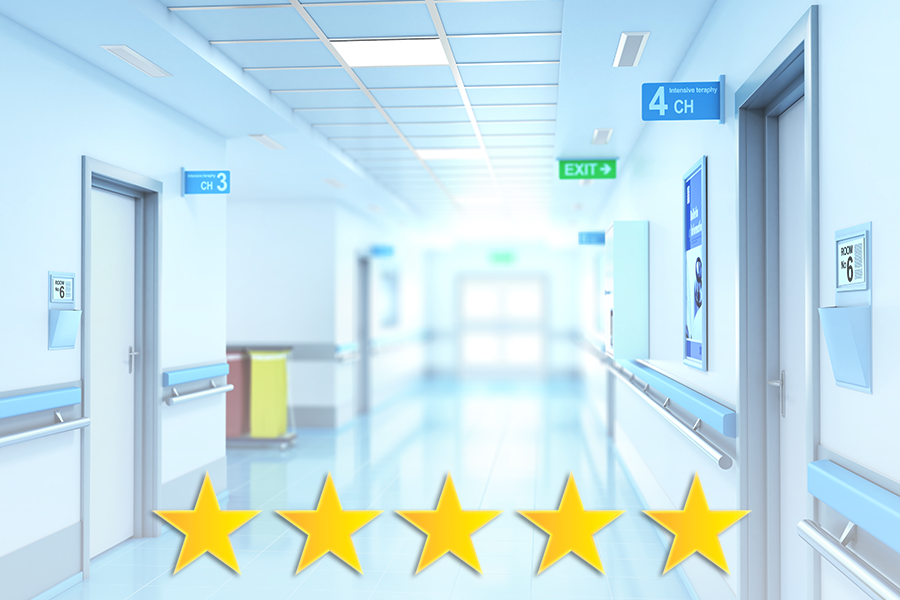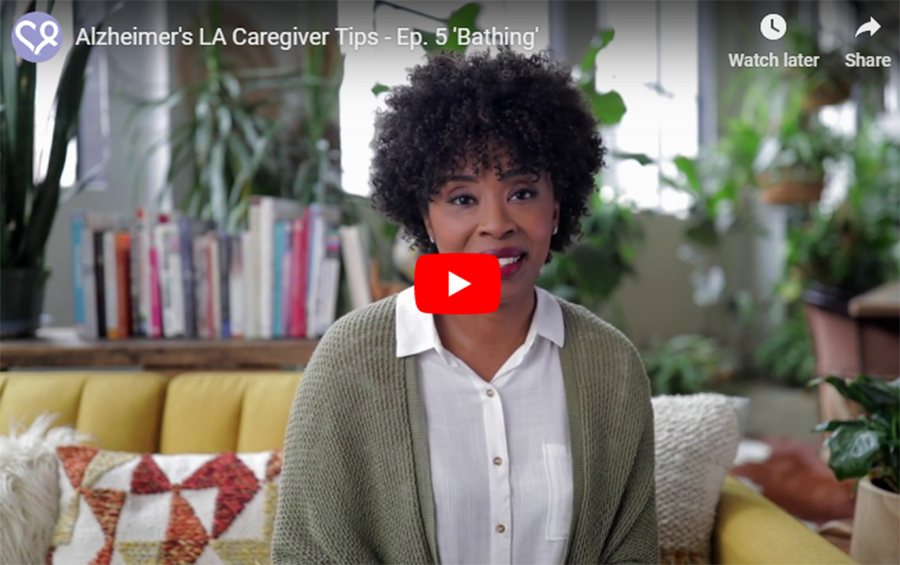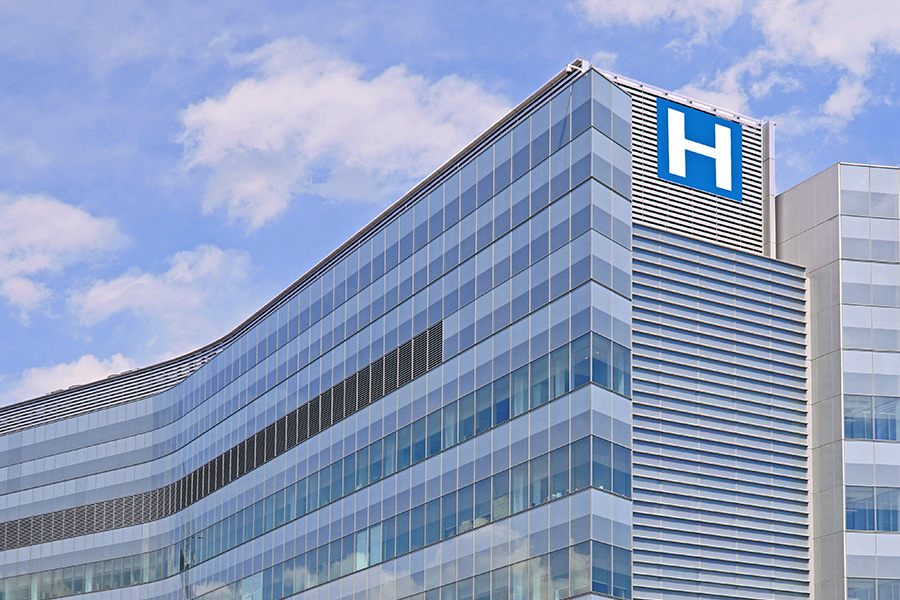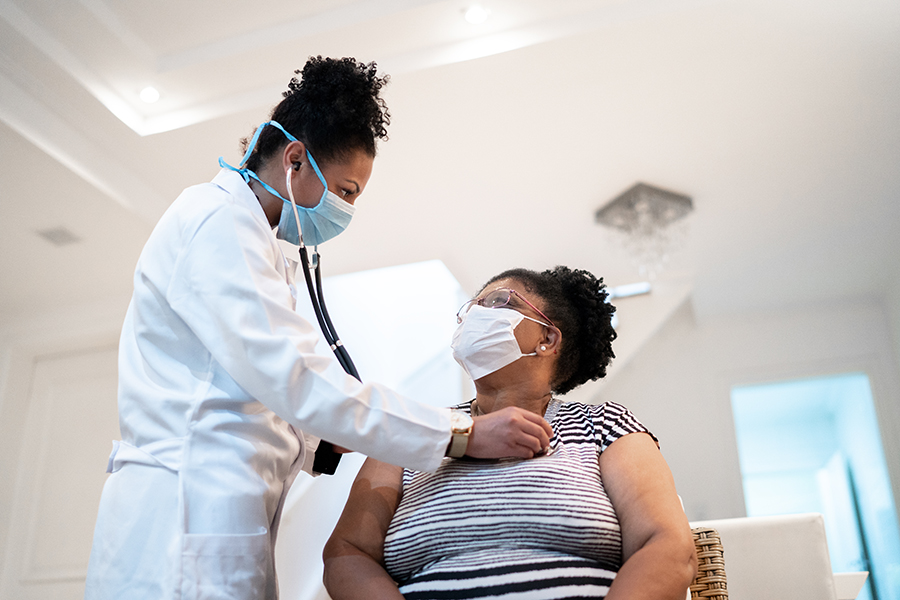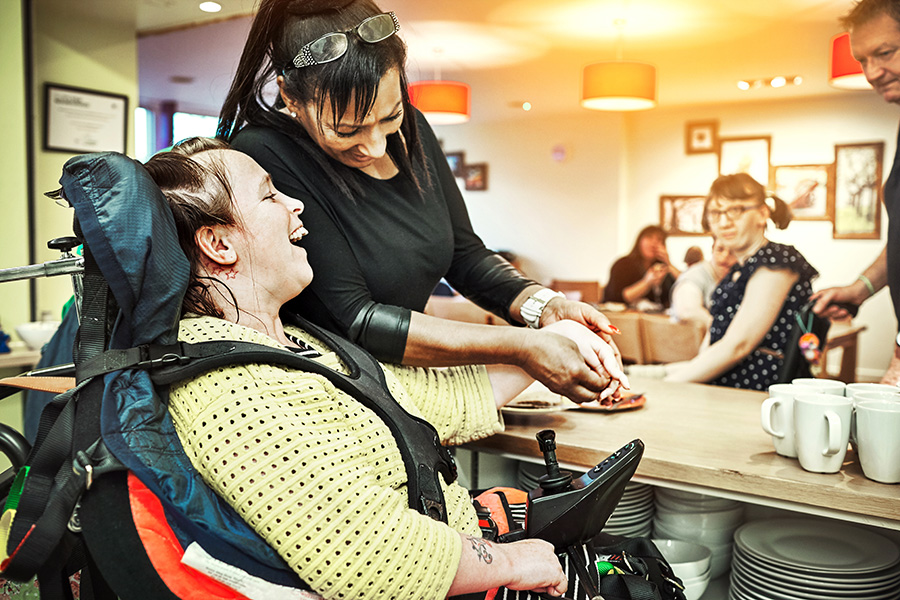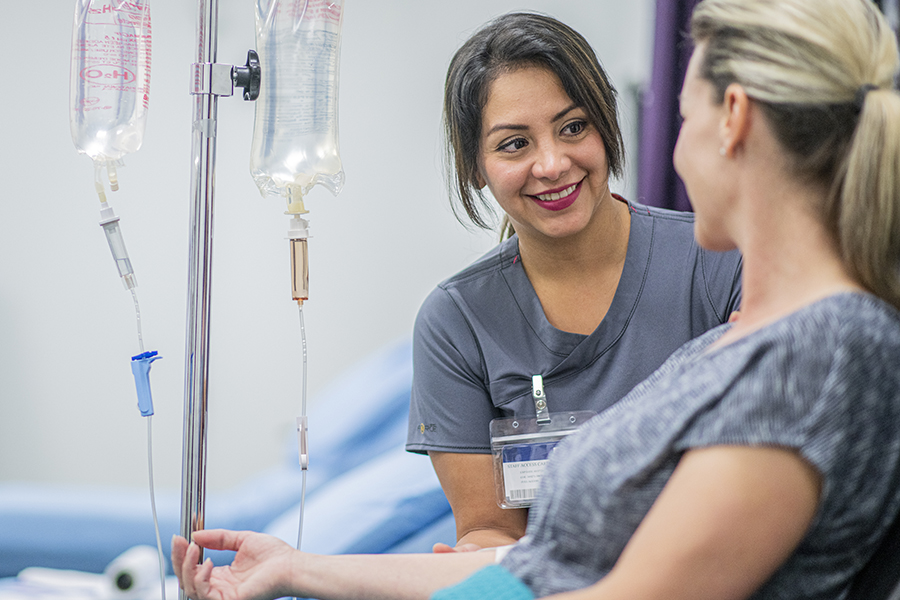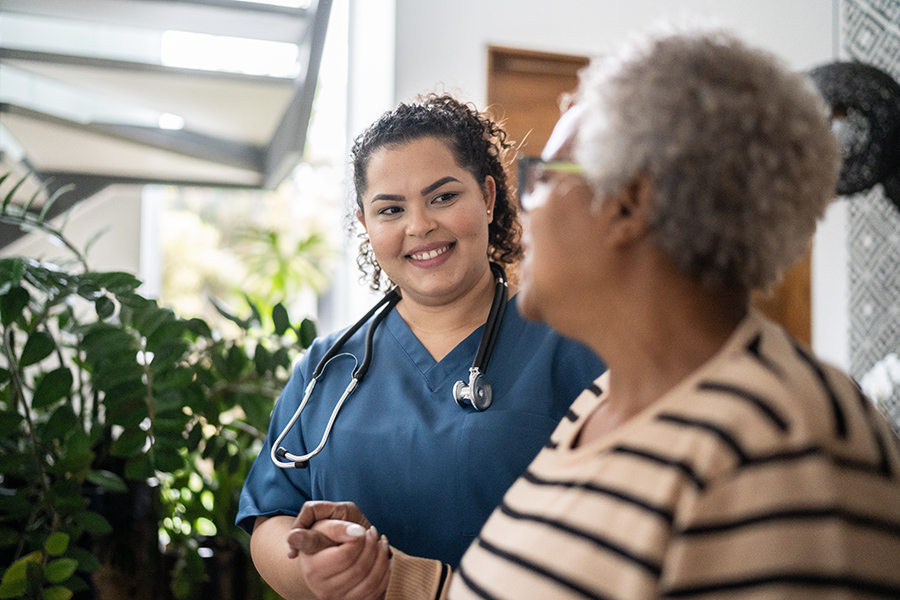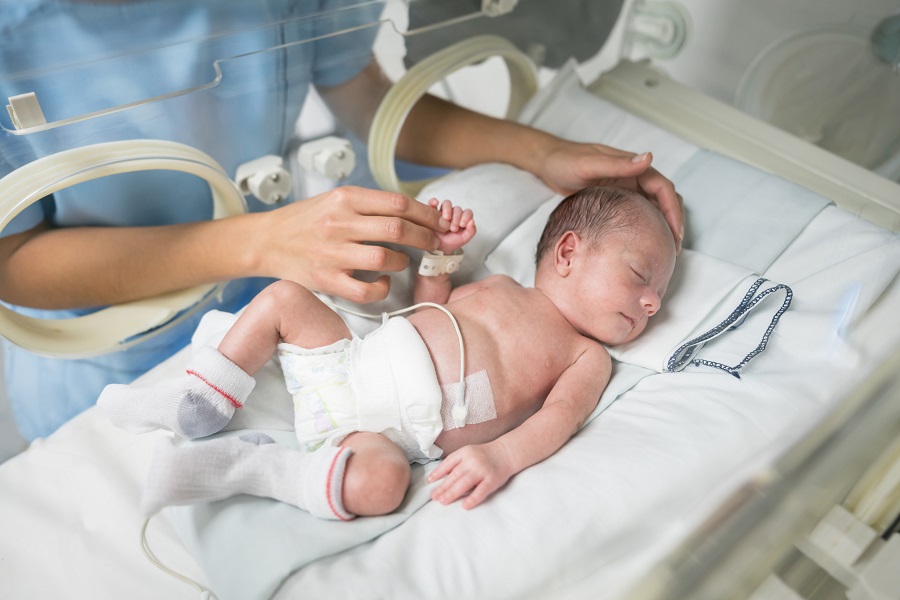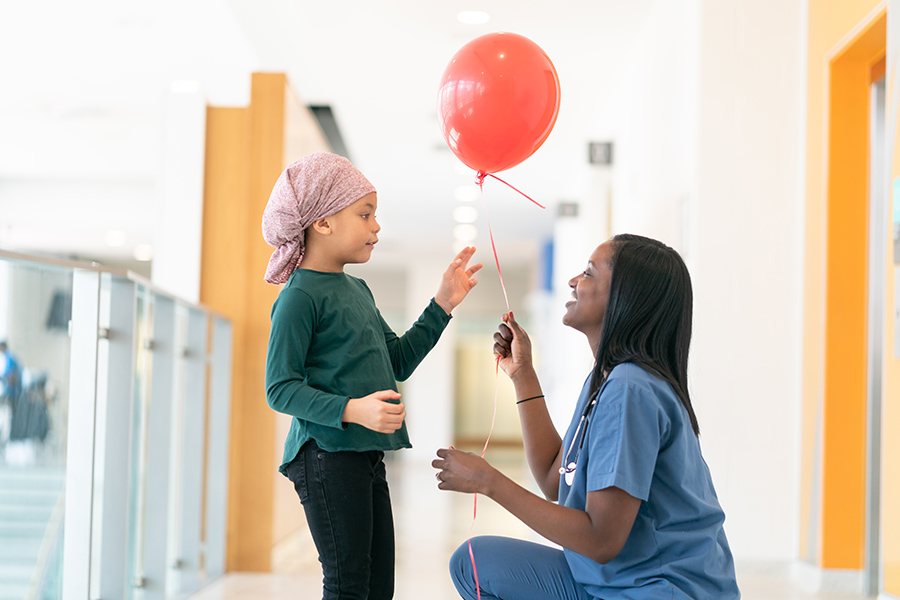Las Vegas Hospitals Treat More Than 500 Wounded in Mass Shooting – Original article by Maria Castellucci on Modern Healthcare | October 2, 2017
When 23 severely injured patients arrived at University of Colorado Hospital in 2012 after a gunman opened fire on the moviegoers, the trauma team immediately jumped into action.
The team implemented its protocols for mass casualty events. Extra staff was called in to help and patients were triaged to ensure the most critically wounded were cared for quickly. The Level 2 trauma center constantly performed drills to make sure it was prepared for any mass casualty scenario like the one that happened in 2012.
“The one thing about a mass shooting is its sudden,” said Dr. Richard Zane, UCHealth executive director of emergency services. “The injuries are immediately life threatening and time dependent, so there has to be provisions to be able to mobilize mass quantities of blood, operations and resuscitations.”
Las Vegas hospitals have likely implemented similar emergency preparedness protocols as they treat the roughly 515 people who were injured Sunday night in the deadliest mass shooting in U.S. history, which has left at least 58 people dead.
University Medical Center, the only Level 1 trauma center in Nevada, has treated 104 individuals who were injured when a lone gunman opened fire on a concert crowd on the Las Vegas strip. More than 30 patients were treated in the free-standing trauma center approximately six miles from the country music festival’s location. Four patients were pronounced dead at the facility, UMC spokeswoman Danita Cohen told the media.
Sunrise Hospital and Medical Center, a Level 2 trauma center about six miles from the shooting, has treated 180 victims and performed about 30 surgeries as of Monday afternoon, according to a statement. Fourteen patients have died at the hospital.
“Our trauma center physicians and hospital staff have done an amazing job,” said Todd Sklamberg, CEO of the hospital, in a statement. “Our trauma team and all supporting nursing units, critical care areas and ancillary services are all at work this morning in the aftermath of this tragedy — and most stayed throughout the night — to help the victims and to assist their loved ones.”
The trauma centers were likely well-prepared to treat the victims, as they conduct drills to that are meant to mimic real-life scenarios all year to ensure they have the protocols in place to treat patients, according to Dr. Joseph Ibrahim, trauma medical director and trauma surgeon at Orlando Health, a Level 1 trauma center that treated victims of the Pulse nightclub shooting last June.
For instance, Orlando Health had completed a drill that simulated a mass shooting at a local school just before the Pulse nightclub shooting.
“We’re always prepared for your worst moment of your life. That’s our average day,” Dr. Douglas Fraser, a surgeon at UMC, told the Associated Press last July.
Zane at University of Colorado added that since the Columbine shooting in 1999, hospitals now prepare to treat victims with high-velocity gunshot wounds.
To prepare for the influx of patients in a mass casualty situation, patients in the ER are often moved to other areas of the hospital to open beds up quickly. Patients that arrive at the ER are then triaged to ensure the victims in need of the most critical care can be treated immediately upon arrival.
“Every disaster is really a supply and demand mismatch,” Zane said. “Its important to augment supply.”
Gunshot wounds often require emergency surgery, Ibrahim said. Eight patients were taken immediately to UMC’s operating rooms, Cohen told media.
As hospitals move beyond the immediate aftermath, many will turn to offer grief counseling to patients and their families, Ibrahim said. Orlando Health provided such services after the Pulse nightclub shooting. “It is very likely that (patients’) loved ones and friends were injured or killed,” he said.
Treating victims of mass casualty events is even emotionally draining for the medical team, Ibrahim admitted. After the commotion slows down, doctors and nurses are going “to be hit with the gravity of what has happened,” and it is essential that caregivers receive access to grief counseling as well, he said.
 Maria Castellucci
Maria Castellucci
Maria Castellucci is a general assignment reporter covering spot news for Modern Healthcare’s website and print edition. She writes about finances, acquisitions and other healthcare topics in markets across the country. Castellucci is a graduate of Columbia College Chicago and started working at Modern Healthcare in September 2015.










